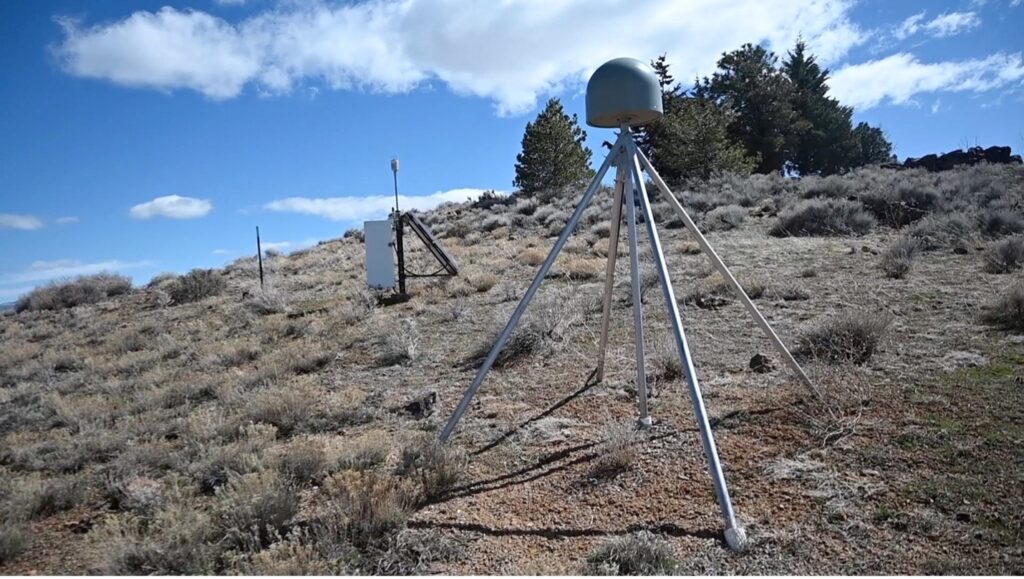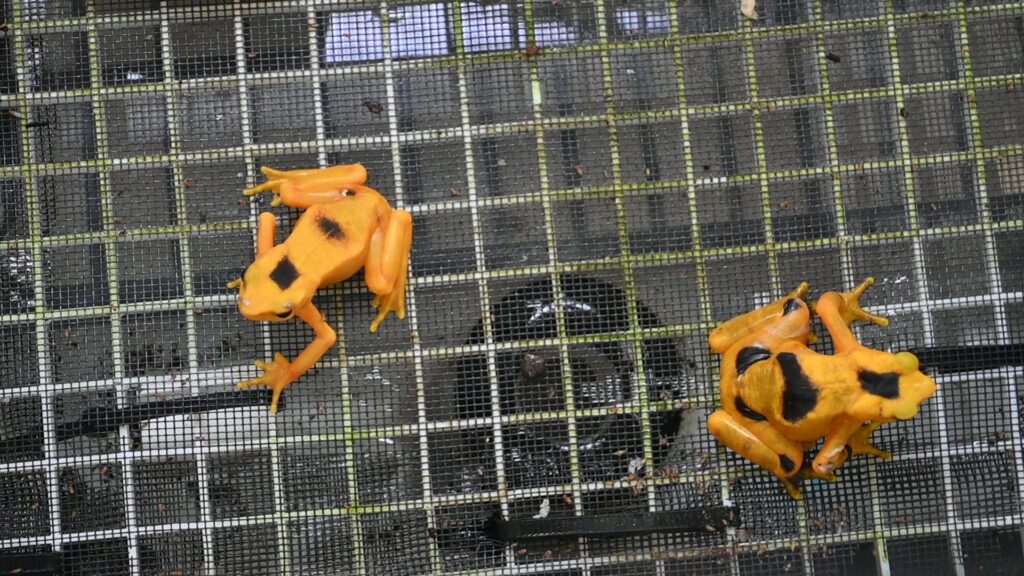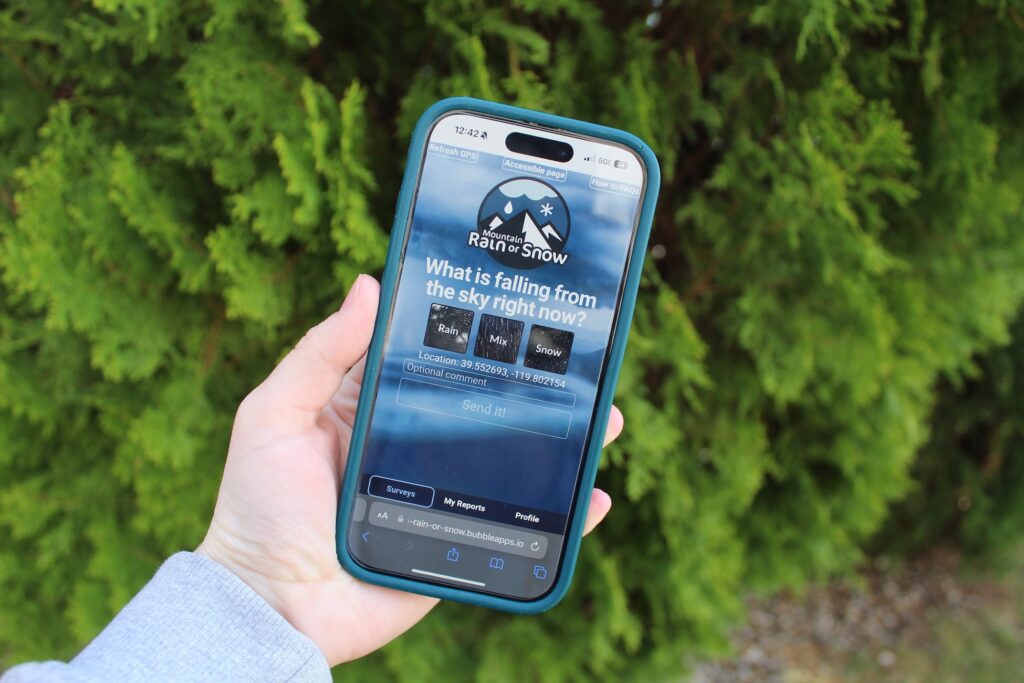Tracking Nevada’s Seismic Dynamics

Nevada is the third most seismically active state in the country. How do we stay on top of earthquake preparedness? By Jayanti Sarkar.
Nature’s Carbon Sponges: Restoring Meadows in the Sierra Nevada

Sierra Nevada meadows are lush ecosystems that serve as vital water reservoirs. Keeping them healthy may also help mitigate climate change. By Elizabeth Walsh.
To Rags or To Riches: The science behind Nevada’s gambling problem

An interview with Ted Hartwell on the biochemistry of gambling disorders and the psychology behind why some machines within casinos are so addicting. By Clayton Posey.
A Pollution Solution? Why South Lake Tahoe has banned single-use plastic water bottles

Will a new plastic bottle ban curb plastic pollution at Lake Tahoe? Hitchcock Project reporter Amanda Durham explores the science behind a new South Lake Tahoe city ordinance and how it may help.
Moose on the Move: A Surprising New Species Arrives in Nevada

Moose are in Nevada! Learn the facts about our new neighbors and where they came from in this animated short by Ray Grosser.
Golden Mission: Conserving Panama’s Last Golden Frogs

A team of scientists from the University of Nevada, Reno, travel to El Valle de Antón, Panama, for ongoing research on a pathogen killing different amphibian populations. By Vanesa de la Cruz Pavas.
Nevada will pay $5000 for you to hike the Pacific Crest National Trail in a new way

Visit Carson City will pay two lucky hikers to hike the PCT on the new Capital to Tahoe Trail. By Kat Fulwider.
Carson City’s fire-fighting sheep return

The Borda Sheep return to the hills surrounding Carson City, Nev., as part of a fuel reduction project. By Kat Fulwider.
Rain or Snow? The Crucial Role of Citizen Scientists in Monitoring Precipitation

With help from citizens with smartphones, Reno scientists are learning the secrets of winter storms. By Sydney Peerman.
Nevada’s Population Growth Threatens Rare Plants

Rare plants in Nevada, like the Carson Valley monkey flower, are being bulldozed into extinction as the state’s population increases. By Elizabeth Walsh.


